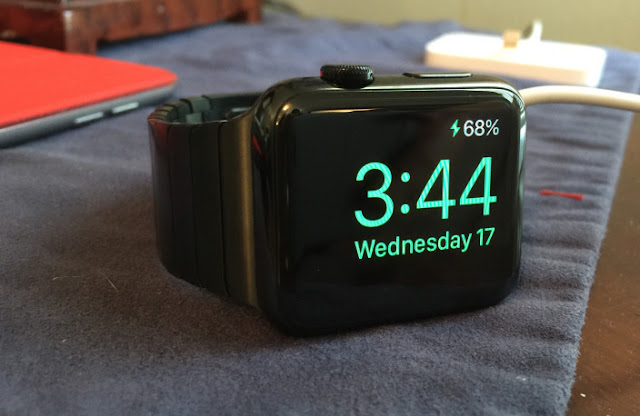Apple – iPhone with Flexible Screen
According to reports, it is said that Apple is keen in developing iPhone with flexible screen which would probably show up by 2018 and have already started making headway with top display suppliers working on the displays. A source has informed Business Korea, that plans are being made by the company in replacing iPhone’s prevailing LED-backlit Multi-Touch display with an updated organic light omitting diode, OLED screen which is also utilised in the Apple Watch.
The first flexible iPhone would be introduced in 2018 since Apple’s top tier display suppliers are working on it, according to a source. Several of the displays used in Apple products have been supplied by LG Display who is planning to switch one of its LCD supply lines in creating OLED panels collectively by 2017, it was reported. Apple had filed and had been granted several patents with regards to flexible devices and screen over the years and the news of LG’s plan on OLED panel comes as assumption to what the next iPhone which is believed to be known as the iPhone 6s or the iPhone 7, gains impetus ahead of the September launch.
Flexible Device More Tough
One of them granted in January, by the United States Patent and Trademark Office had given the company permission to produce a flexible electronic device which could include a flexible device, a flexible house and one or more flexible internal components. Flexible device could be more tough than its rigid counterparts since it could bend or deform from the impact of a fall and the motion of twisting it could be utilised as a command trigger for an action like turning the device on or off, as explained in the patent.
The company had been granted similar patent in October last year, for flexible displays and another one in February 2013 and according to a source was informed that two iPhone models were proposed with curved glass screens but from the rumoured phones namely 4.7 inches and 5.5 inches, it seems that the source had been referring to the iPhone 6 and 6 Plus.
Samsung 1st to Launch Curved Smartphone – October 2013
In September last year, shortly after the release of the iPhone 6 and iPhone 6 Plus, there were complaints from various customers stating that their 5.5 inch 6 Plus handsets seemed to bend after carrying them in pockets. According to Apple only nine customers had come up with this issue and that the handset should not bend when used in normal situation.
Rival company LG in recent years had released the G Flex and G Flex2 curved smartphones which were designed to be more robust than their rigid counterparts. Samsung is said to be the first in launching curved smartphone in October 2013, the Galaxy Round. Apple is also believed to add Force Touch to its forthcoming iPhones and could be looking also in toughening the screen by probably moving to scratch resistant sapphire screens. However, if and when they tend to appear, the iPhone curves would be intentional and the users will get to know what they are going in for.





